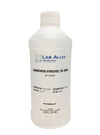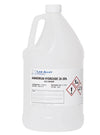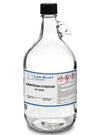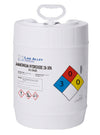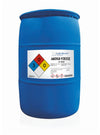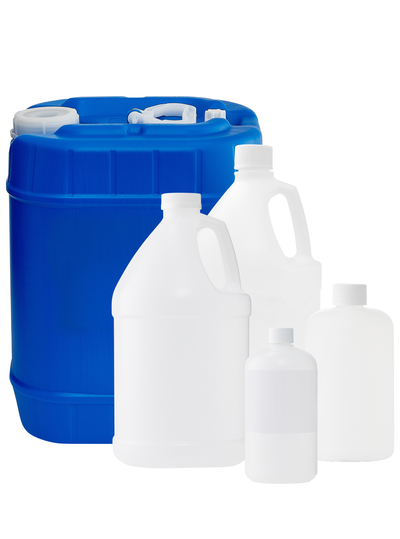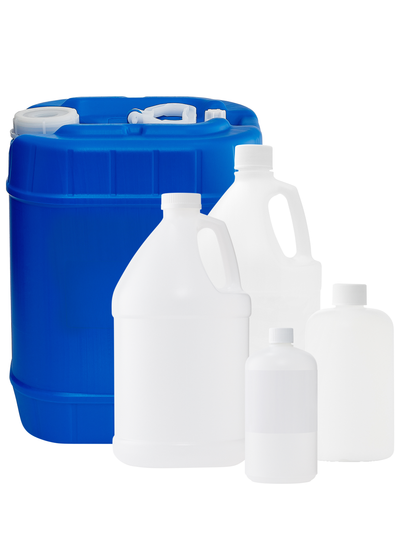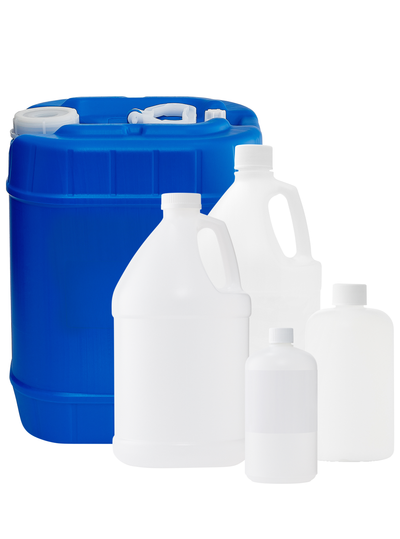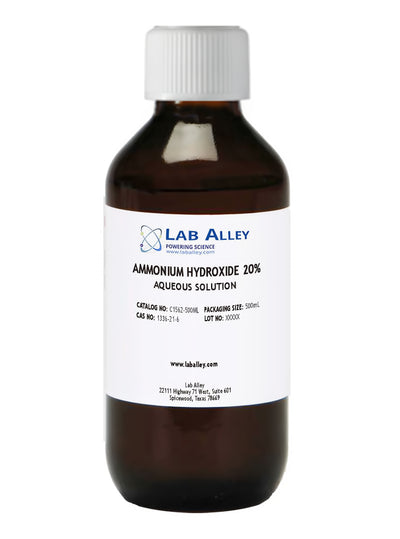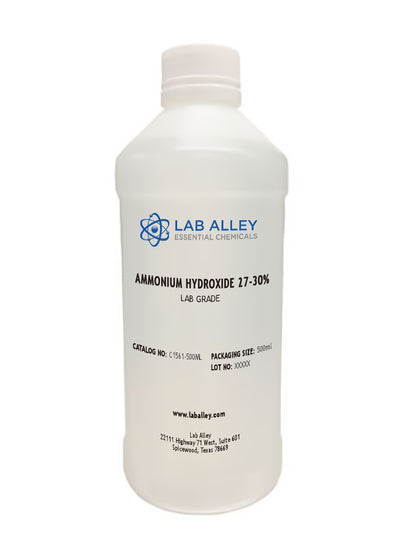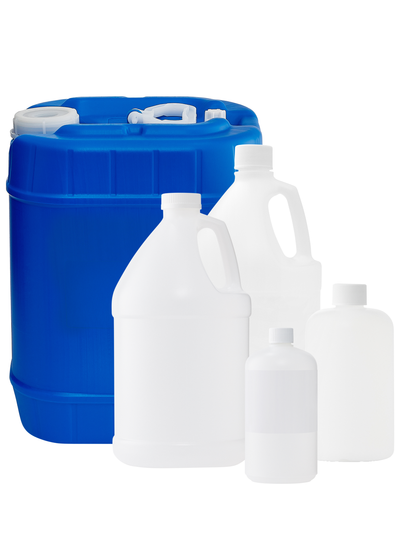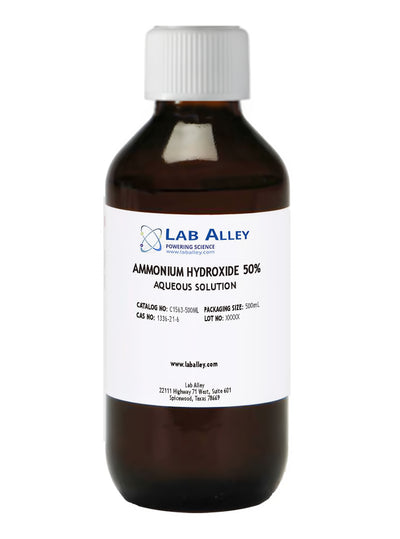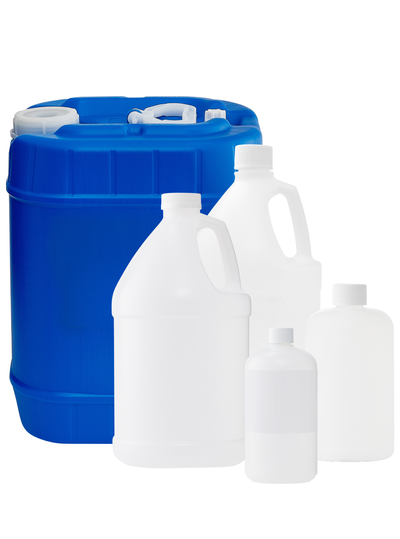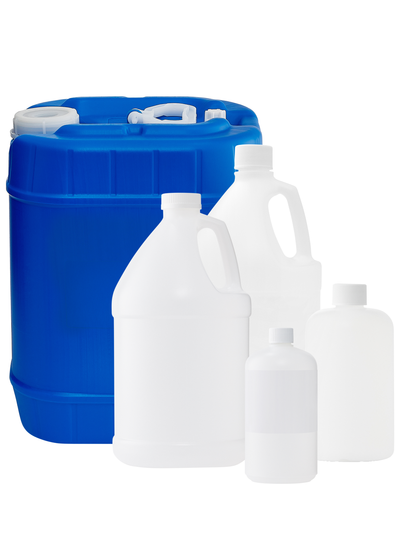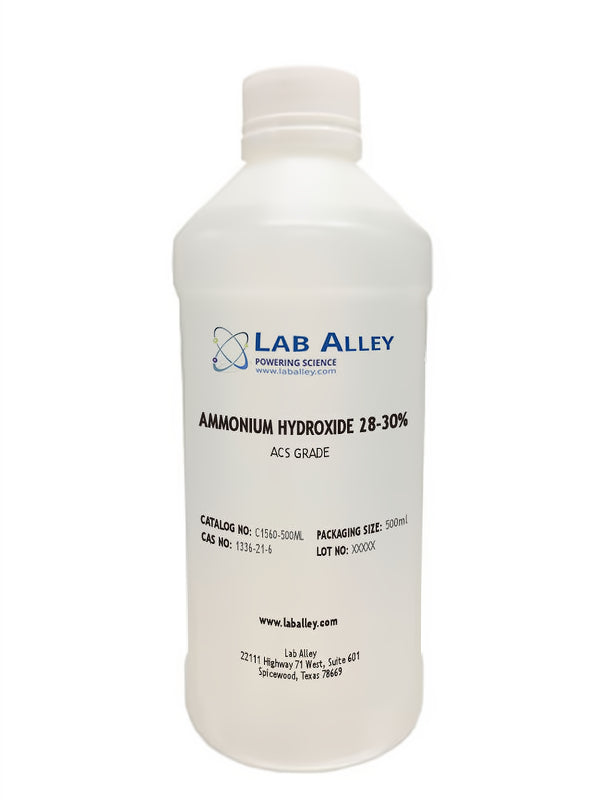
Business Support
Ammonium Hydroxide 28-30% Solution, ACS Grade
Solution Of Ammonia Gas In Water
Business Support
Description
About Ammonium Hydroxide 28-30% Solution, ACS Grade
Ammonium Hydroxide, NH4OH, is formed when ammonia (NH3) is dissolved in water. Ammonia deprotonates a small portion of water molecules leaving the free hydroxide ion, [OH]-, to form a slightly basic solution. The resulting solution is clear, colorless, with a pungent odor and vapors that may irritate the eyes.
Ammonium Hydroxide is a weak base mainly used to prepare other ammonium compounds like urea, ammonium carbonate and ammonium sulfate.
Lab Alley’s high-quality Ammonium Hydroxide, ACS Reagent Grade, 28-30% has been certified as an ACS Grade reagent by the American Chemical Society (ACS). The reagent grade is generally equivalent to the ACS grade and is acceptable for use in analytical applications and research laboratories.
COMMON USES AND APPLICATIONS
- Laboratory solvent
- Pharmaceutical manufacturing
- Polymer manufacturing
- Household cleaning reagent
- Food additive/ acidity regulator
- Fertilizer
INDUSTRIES
- Research Laboratories
- Healthcare
- Food & Beverage
- Pharmaceutical & Nutraceutical
- Polymer industry
PRODUCT INFORMATION
Customer Reviews and Q&A
Safety and Shipping
DOT: Ammonia solution, 8, UN2672, PG III, Hazmat Fee Required
Please contact us to request a Safety Data Sheet (SDS) and Certificate of Analysis (COA) for Ammonium Hydroxide, ACS Grade.
Business Support
Built for Business.
At Lab Alley, we simplify procurement with custom quotes, credit applications, tax exemptions, and fulfillment support, ensuring on-budget, on-time delivery - your success is our priority.
Apply for Credit
A Lab Alley credit account streamlines purchasing for your business. Our Customer Success Team is available to help you through every step of the process.
Request a Custom Quote
Get a fast, customized quote tailored to your specific needs. Our team ensures accurate pricing and availability to help streamline your purchasing process.

Additional Business Resources
Lab Alley provides access to essential certifications, documents, and other resources to support your business.
Product Manuals

Create a Lab Alley Account

RECEIVE exclusive offers, promotions, and discounts on chemicals.

Always have the product you need, when you need it with our AUTOSHIP program.

